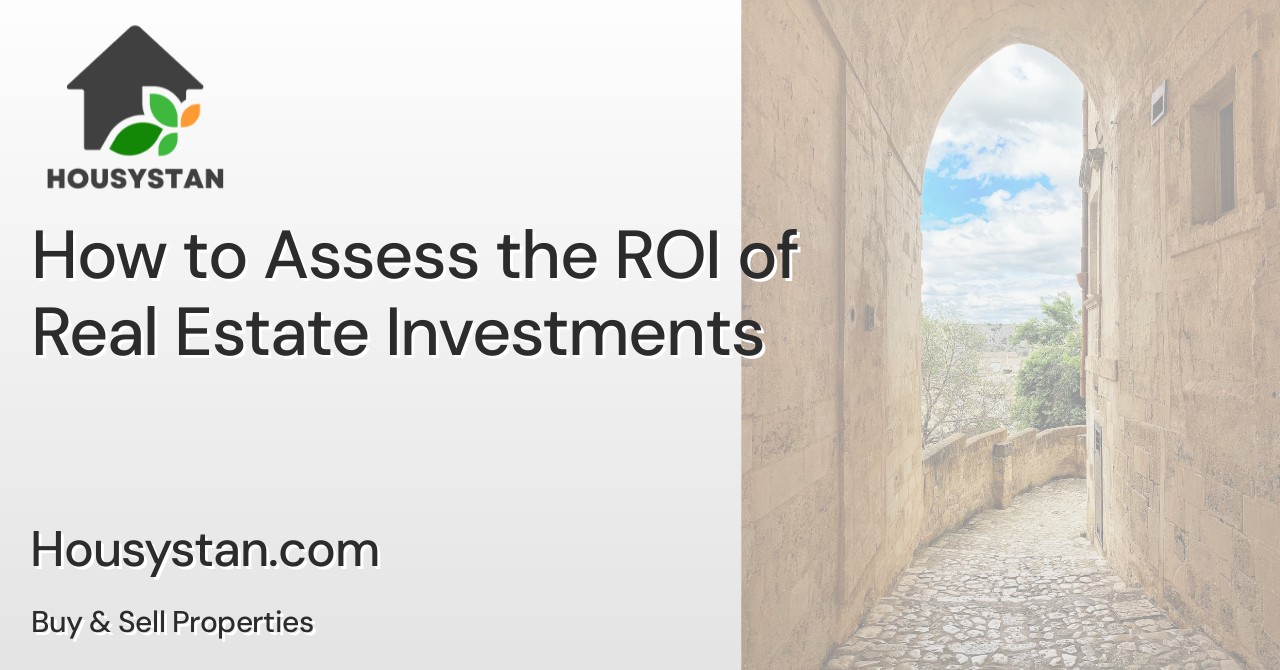How to Assess the ROI of Real Estate Investments
Read latest blogs and articles from Housystan

The Information mentioned here was last updated on:
11/12/2025Understanding how to assess the ROI of real estate investments is crucial for anyone looking to build wealth in the property market. Whether you are a seasoned investor or a first-time buyer in your local area, knowing how to measure returns accurately can maximize your financial success. ROI, or Return on Investment, provides a clear picture of how well your real estate assets are performing, empowering you to make informed decisions tailored to your geographic market.
To evaluate the ROI of real estate, start by calculating your net profit. Subtract all expenses, such as property taxes, maintenance, insurance, and management fees, from your total rental income or eventual sale price. Divide this net profit by your initial investment, including down payment, closing costs, and renovation expenses. Multiply by 100 to get the percentage return. This straightforward formula allows investors in any city or region to compare opportunities and choose the most lucrative properties.
Local market trends significantly affect ROI. Research neighborhood growth, average rental yields, and future development plans in your area. Properties in thriving urban zones or rapidly growing suburbs often deliver higher returns. Utilize local real estate data and consult with nearby professionals to get tailored insights specific to your city, ensuring your investment aligns with current demand and future appreciation potential.
- Verified Tenants/Buyers
- Unlimited Property Listing
- Zero subscription/charges fee
Additionally, consider both cash flow and equity growth. Positive cash flow from rental income provides monthly returns, while long-term appreciation increases your property’s value. In many regions, strategic property upgrades and energy-efficient improvements can further boost your ROI. Adjust your approach based on local regulations, tax incentives, and tenant preferences to optimize your returns in your specific geographic location.
Assessing the ROI of real estate investments involves a blend of financial calculation, market research, and local expertise. By focusing on these essential factors and leveraging insights from your community, you can enhance your investment strategy, outperform the market, and achieve lasting success in your real estate ventures. Whether you invest in vibrant city centers or quiet suburban neighborhoods, a thorough ROI assessment is the foundation of profitable property investing.